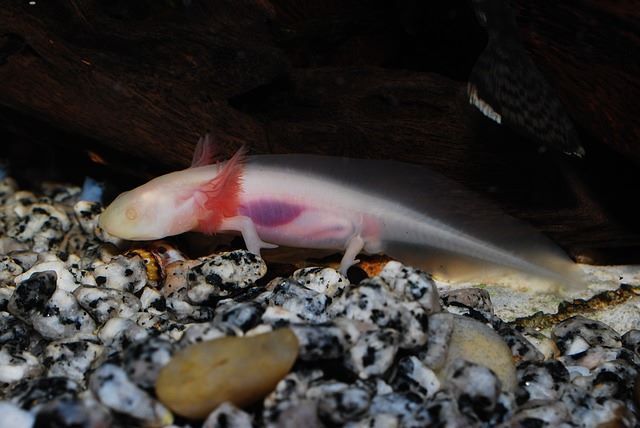Axolotl's Diet Guide: What Does Axolotl Eat and How to Feed Them?
Looking for information on what to feed your pet axolotl? Check out our comprehensive guide on the axolotl diet, including what axolotls eat, how to feed them, and tips for maintaining their health. Learn more now!





